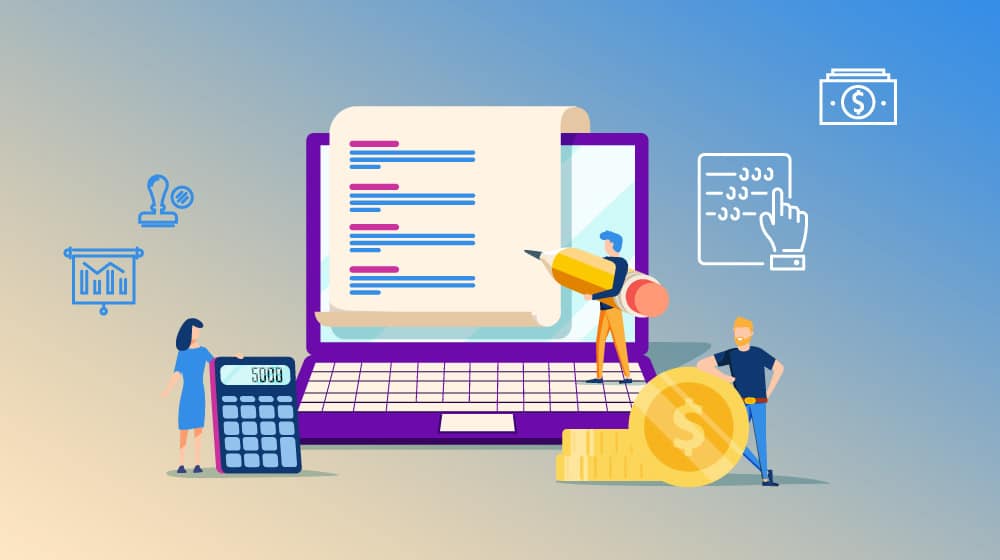Accounting for designers
Accounting for designers, Interior designers categorize and record expenses in their bookkeeping by systematically organizing their financial transactions into relevant expenditure categories. This practice helps them accurately track and manage their costs, analyze their business performance, and ensure proper tax reporting.
Here’s how they typically go about it:
1. Expense Categories:
Interior designers create distinct categories that align with their business activities. These categories can include items such as materials, labor, subcontractors, marketing, rent, utilities, transportation, office supplies, and professional fees.
2. Chart of Accounts:
They set up a chart of accounts, which is a structured list of all the expense categories they’ve identified. Each account corresponds to a specific type of expense. This makes it easier to enter transactions and generate reports.
3. Record-Keeping:
Interior designers maintain detailed records of their financial transactions. This involves collecting receipts, invoices, bills, and any other relevant documents for each expense. These documents serve as evidence of the expenses they’ve incurred.
4. Accounting Software:
Many interior designers use accounting software to streamline their bookkeeping processes. They enter their expenses into the software, assigning each expense to the appropriate account category. The software helps automate calculations and ensures accuracy.
5. Regular Updating:
They consistently update their bookkeeping records to reflect new expenses and transactions. This might involve entering data daily, weekly, or monthly, depending on their business volume.
6. Receipt Matching:
Interior designers match receipts to corresponding expenses in their records. This step is crucial for ensuring that all expenses are properly documented and accounted for.
7. Separation of Business and Personal Expenses:
They maintain a clear separation between business and personal expenses. Only business-related expenses are recorded in their bookkeeping to avoid any confusion or tax issues.
8. Vendor Details:
They include vendor information for each expense, such as the name, address, and contact details. This helps during tax time and in case any follow-up is needed.
9. Project Allocation:
If an expense is related to a specific project, interior designers allocate it accordingly. This allows them to track project-specific costs and profitability.
10. Reports and Analysis:
By categorizing and recording expenses systematically, interior designers can generate financial reports that provide insights into their business performance. They can analyze their spending patterns, identify cost-saving opportunities, and make informed financial decisions.
In summary, interior designers categorize and record expenses meticulously to maintain accurate financial records, ensure compliance with tax regulations, and gain insights into their business operations. This organized approach streamlines their bookkeeping processes and helps them manage their finances effectively.
To visit: https://www.mca.gov.in/
For further details access our website: https://vibrantfinserv.com

